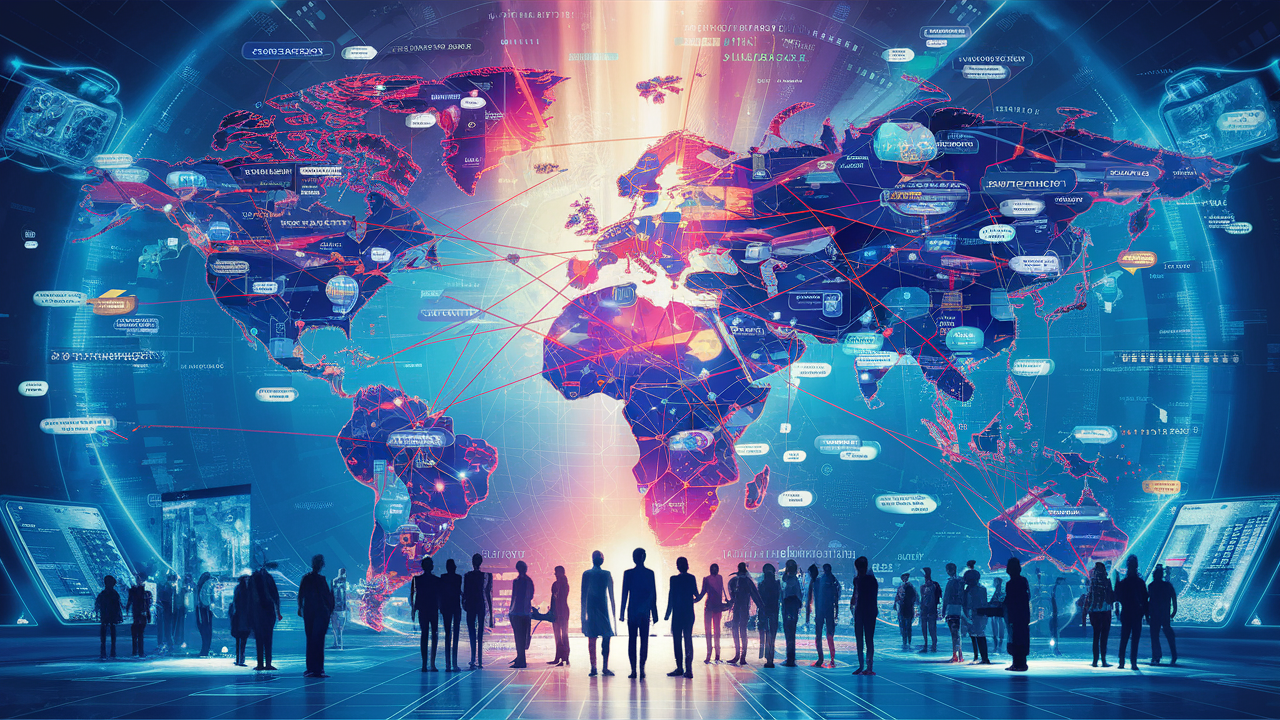The Linguistic Digital Divide: Understanding the Challenge
In the rapidly evolving world of Multilingual AI, a silent revolution is transforming how we communicate across linguistic boundaries. Until recently, AI technologies were predominantly English-centric, leaving billions of non-English speakers at a significant disadvantage.
The English Dominance Problem
Despite only 20% of the global population speaking English at home, nearly half of all AI training data is in English. This linguistic imbalance has created substantial barriers in accessing advanced technological services.
The Multilingual AI Breakthrough
Google’s Groundbreaking Language Expansion
In a landmark announcement at the Artificial Intelligence Action Summit in Paris, Google CEO Sundar Pichai revealed a game-changing initiative: adding over 110 new languages to Google Translate, bringing the total to 249 languages, including 60 African languages.
Why Linguistic Diversity Matters
Linguistic diversity in AI isn’t just about translation—it’s about:
- Preserving cultural nuances
- Ensuring equitable technological access
- Enabling genuine global communication
- Reducing technological bias
Technical Challenges in Multilingual AI
The Training Data Dilemma
Large Language Models (LLMs) like GPT-4 and Google’s Gemini rely on extensive internet data. However, the internet’s inherent English bias creates significant challenges:
- Limited Training Resources:
Non-English content is significantly underrepresented - Quality Variations:
Less robust training leads to “AI hallucinations” - Linguistic Complexity:
Regional dialects and hybrid languages remain difficult to process
AI Hallucination: A Linguistic Complexity
When AI lacks comprehensive language training, it can generate:
- Factually incorrect information
- Contextually inappropriate responses
- Simplified, culturally sterilized communication
Practical Implications for Global Communication
Benefits of Multilingual AI
- Enhanced cross-cultural understanding
- Expanded market reach for businesses
- Educational opportunities for non-English speakers
- Preservation of linguistic heritage
Real-World Applications
- Education: Localized learning resources
- Healthcare: Accurate medical information translation
- Business: Seamless international communication
- Government: Inclusive public service communication
The Future of Linguistic AI
Emerging Trends
- Targeting 1,000 most spoken global languages
- Enhanced regional dialect recognition
- Cultural context understanding
- Real-time translation with nuanced interpretation
Frequently Asked Questions
Q: How accurate are multilingual AI translations?
A: Accuracy varies by language. English-trained models are most precise, but continuous improvements are expanding capabilities across languages.
Q: Can AI understand complex linguistic variations?
A: Currently, AI struggles with highly localized dialects and hybrid languages. Ongoing research aims to improve contextual understanding.
Q: Is multilingual AI accessible to developing countries?
A: Major tech companies are increasingly focusing on inclusive language technologies, making advanced AI more accessible globally.
Q: How fast is language expansion happening?
A: Remarkably quick. From 139 to 249 languages in just two years demonstrates rapid technological advancement.
Conclusion: A World Without Language Barriers
The journey towards truly inclusive, multilingual AI has begun. As technology continues to evolve, we’re witnessing a profound transformation in global communication—one language at a time.

